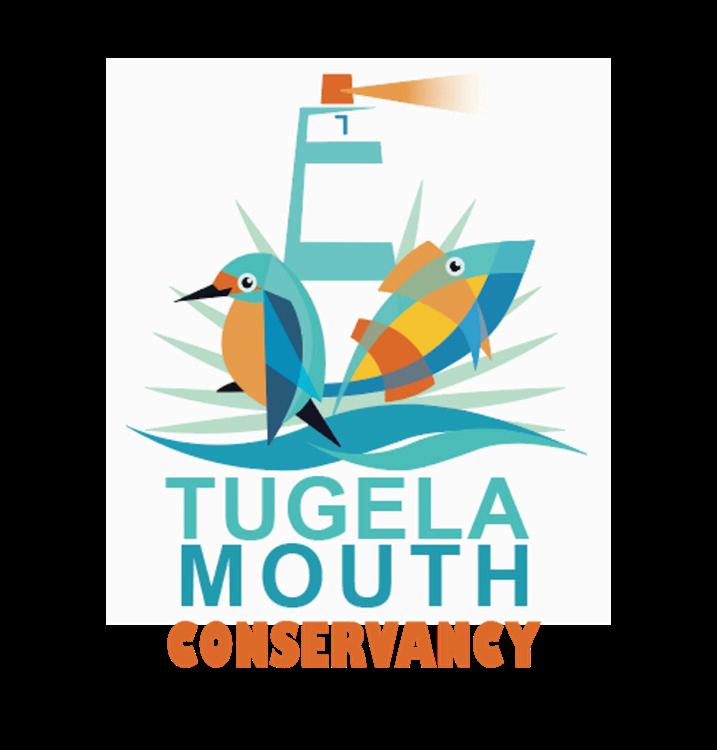






The Tugela Mouth Conservancy is pleased to introduce the first edition of Eco Times, the Conservancy's official quarterly newsletter. This new publication aims to keep supporters and the community informed, inspired, and engaged in the ongoing efforts in collaboration with environmental partners, specialists and service providers to protect the unique natural environment of Tugela Mouth and it's beaches.
The Tugela Mouth Conservancy is registered with KZN Conservancies and was established with the primary goal of preserving and restoring the ecological integrity of the area. By focusing on biodiversity conservation, the health of local waterways, and the overall well-being of ecosystems, the Conservancy works to ensure that this vital region continues to thrive for generations to come. Through collaboration with local communities, businesses, and environmental advocates, the Conservancy promotes sustainable practices and environmental tourism.
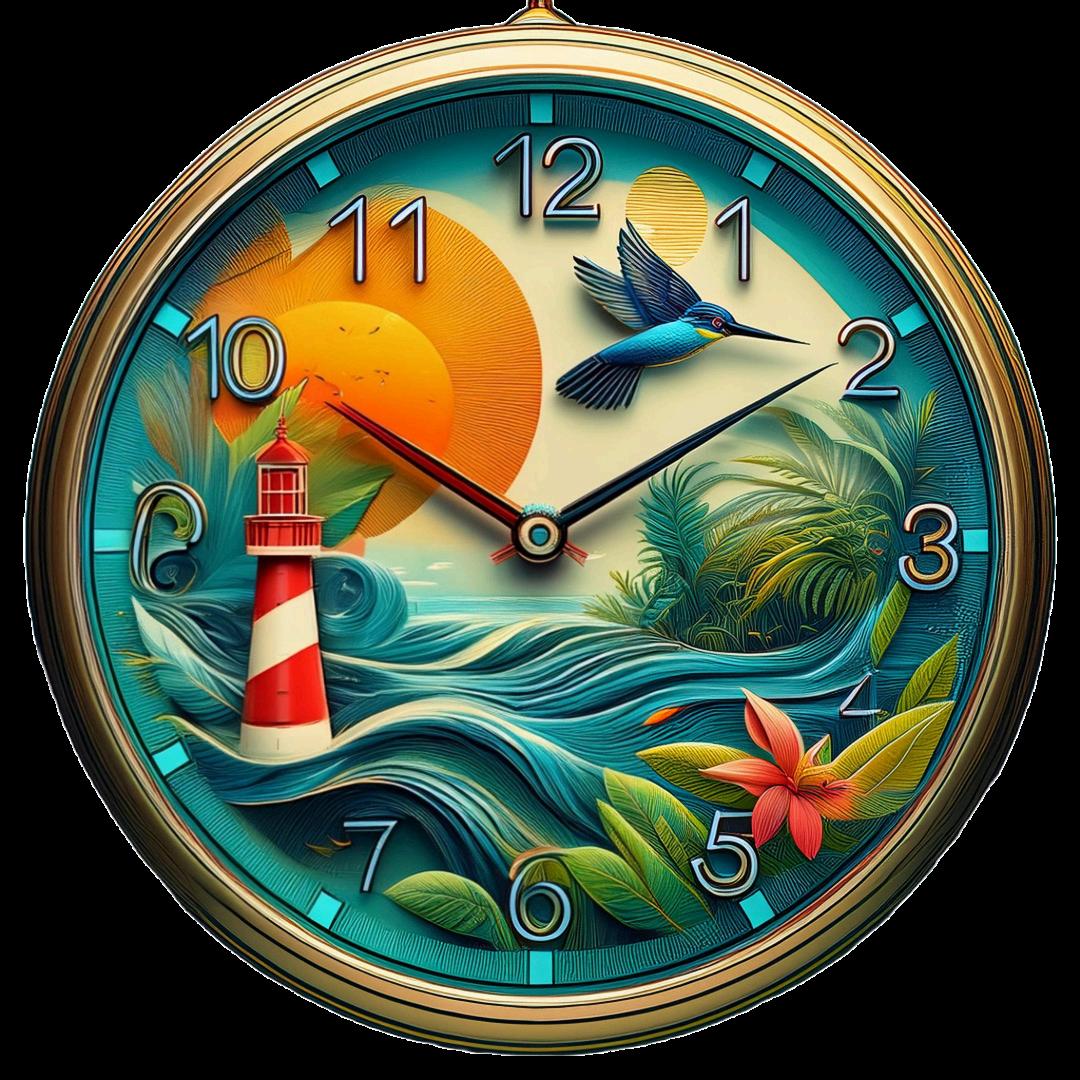
The Eco Times newsletter will be published quarterly to provide updates on various initiatives, highlight current projects, and share upcoming events and volunteer opportunities. It will also offer practical advice on how to live in harmony with the environment. We hope that this newsletter will strengthen connections within the community, bringing together everyone who is passionate about protecting this special area.
We look forward to sharing the Conservancy's journey with all of you and encourages ongoing involvement and feedback from readers as we work toward a greener, healthier future for Tugela Mouth. Petro Vorster - Chairperson
A Cape fur seal was found stranded on the shore near Tugela Mouth early morning on 9 August 2024. Tessa Roux, a local resident and owner of Driftwood Chalets, was notified of the seal’s presence by her daughter, who was alerted about the poor creature by holidayers from Lobotes Caravan Park. Roux and her partner, Kobus, alerted the Tugela Mouth Conservancy and relevant conservation authorities before heading to the site, approximately 2 kilometers north of Tugela Mouth, to guide the seal safely back into the sea.
The Cape fur seal is native to southern Africa, typically found along the coastlines of Namibia and South Africa. These seals are known for their thick fur, which helps them endure cold waters. Although they are primarily aquatic, Cape fur seals can occasionally find themselves stranded due to strong currents or disorientation.
On the cover: Sunset over the majestic Tugela River Mouth

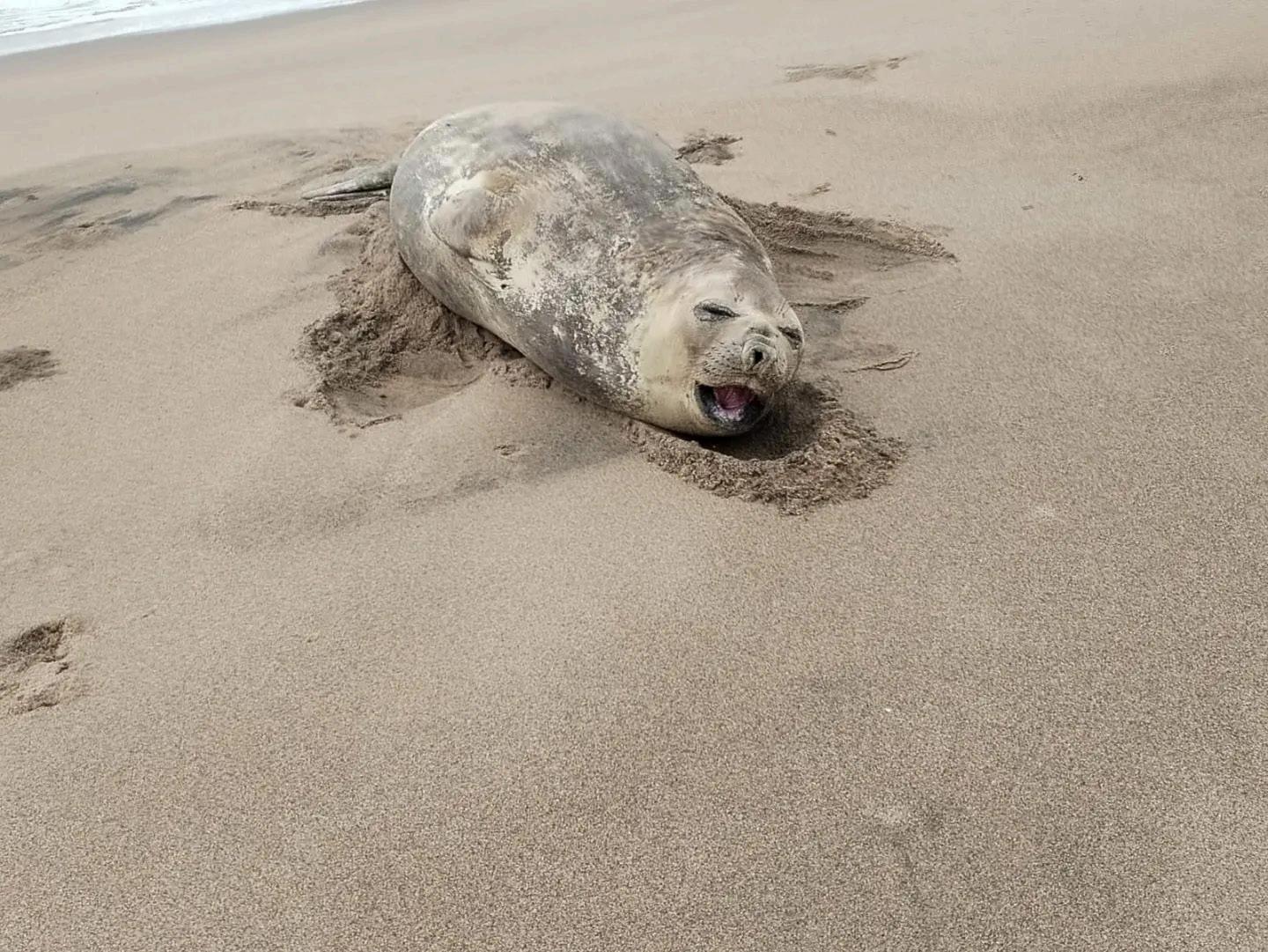
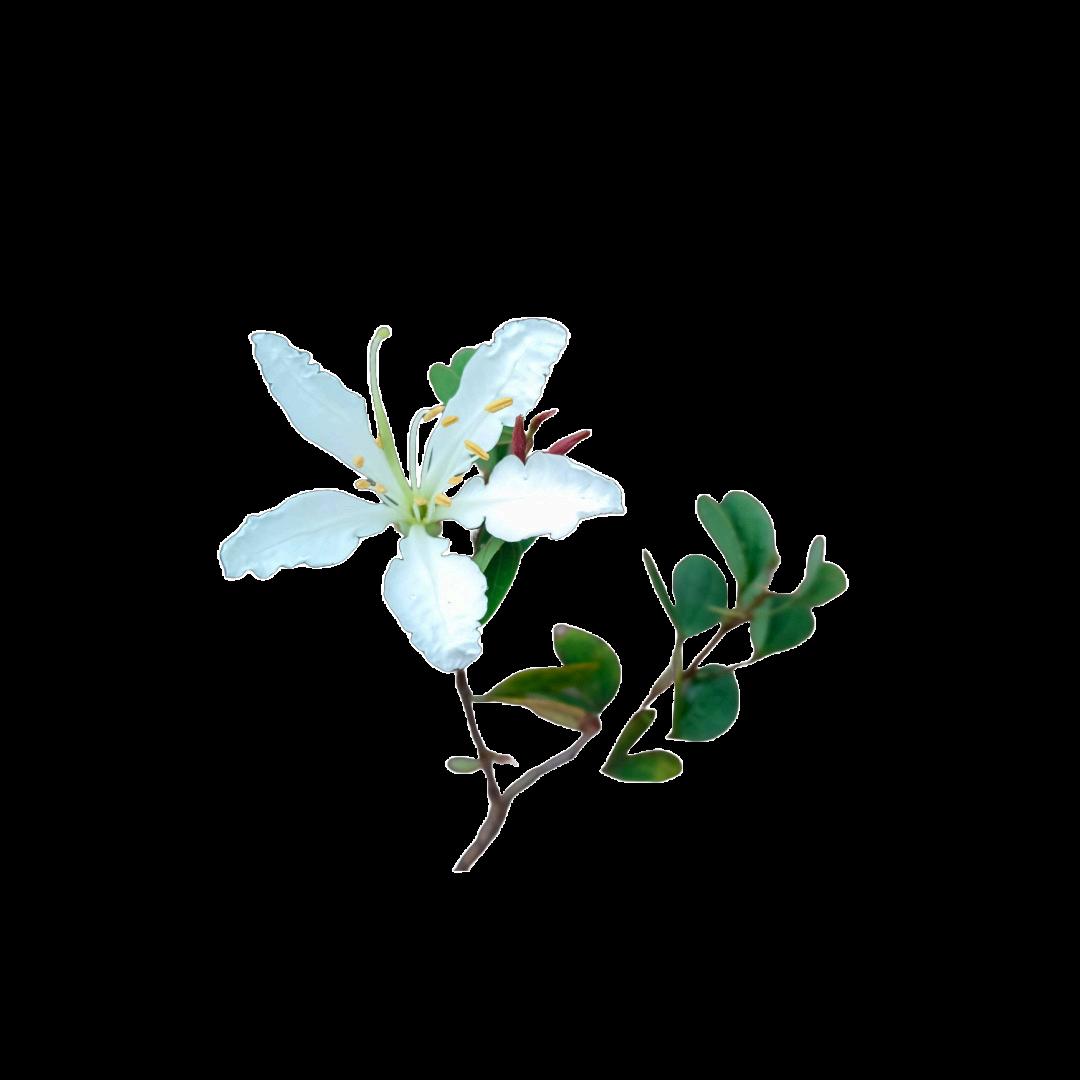
On 29 July 2024, an exciting discovery was made during a mapping exercise of coastal coral trees in Tugela Mouth, where the Tugela Mouth Conservancy was clearing highly invasive Pereskia. What appeared to be another invasive bush at first glance turned out to be something far more remarkable. Upon further investigation, the plant was identified as the Bauhinia Bawkeri, a rare and endangered species. The confirmation was made by Jane Throughton of the Durban North Conservancy, who recognized the plant’s significance immediately.
The mapping project aimed to control the invasive Pereskia plants that threaten local biodiversity. During the process, volunteers came across a peculiar bush that initially looked like another invasive species. However, closer inspection raised questions, leading the team to consult with Jane Throughton, a renowned conservation expert. Her assessment confirmed that this was indeed the rare Bauhinia Bawkeri, a discovery that immediately caught the attention of the local conservation community.
The Bauhinia Bawkeri is known for its delicate, butterfly-shaped leaves and unique flowers, but it is highly endangered due to habitat loss and the spread of invasive plants. The Tugela Mouth Conservancy acted quickly, placing a sign near the plant reading "Do Not Harm" to ensure its protection. Further efforts will be made to mark the area and monitor the plant’s health.
This discovery is a major win for the conservancy and highlights the importance of ongoing conservation efforts in the area. The presence of this endangered plant reinforces the ecological value of Tugela Mouth’s coastal habitats, reminding us of the delicate balance required to protect our natural heritage.
The Tugela Mouth Conservancy will continue to work closely with KZN Conservancies to safeguard the plant, mapping its location and ensuring that further conservation actions are taken to protect its surroundings from threats such as invasive species or habitat degradation.
This finding is not just a scientific breakthrough but a reminder of the hidden treasures still waiting to be discovered in our local environments.
Invasive plant species are a major threat to the local biodiversity of Tugela Mouth, disrupting ecosystems and crowding out indigenous flora. The Tugela Mouth Conservancy has been actively working to control the spread of these harmful plants. Below is a list of the top five invasive species found in the area and recommendations for indigenous alternatives that can restore balance and support local wildlife.
1. Pereskia
Pereskia aculeata, commonly known as Barbados Gooseberry, is a climbing shrub with sharp thorns and dense growth, suffocating native plants and reducing biodiversity. It is particularly aggressive along coastal areas.
Recommended Replacement:
- Wild Honeysuckle (Tecomaria capensis): This indigenous climber is fast-growing and provides shelter and food for birds, with bright orange or red flowers that attract pollinators.
- Cape Ivy (Senecio angulatus): Another native climber, Cape Ivy is ideal for providing greenery without the invasive tendencies of Pereskia.
2. Bugweed
Solanum mauritianum, or Bugweed, is a fast-spreading shrub that displaces indigenous species and is toxic to both humans and animals. Its invasive nature has made it a priority for removal in many conservation areas.
Recommended Replacement:
- Wild Olive (Olea europaea subsp. africana): This hardy, slow-growing tree is perfect for gardens and natural spaces, providing food and shelter for birds while stabilizing the soil.
- Forest Num-num (Carissa bispinosa): A native shrub with glossy leaves and fragrant white flowers, it supports local wildlife and is an excellent hedge alternative.
3. Castor Oil
Ricinus communis, known as the Castor Oil Plant, is a highly invasive species that quickly spreads, outcompeting native plants. It is toxic to animals and humans and poses a significant threat to ecosystems.
Recommended Replacement:
- Kraal Aloe (Aloe arborescens): A striking indigenous succulent with bright orange-red flowers, the Kraal Aloe is drought-resistant and attracts pollinators.
- Pride of De Kaap (Bauhinia galpinii): A resilient shrub that produces vibrant flowers, this species adds beauty and supports local fauna without being invasive.
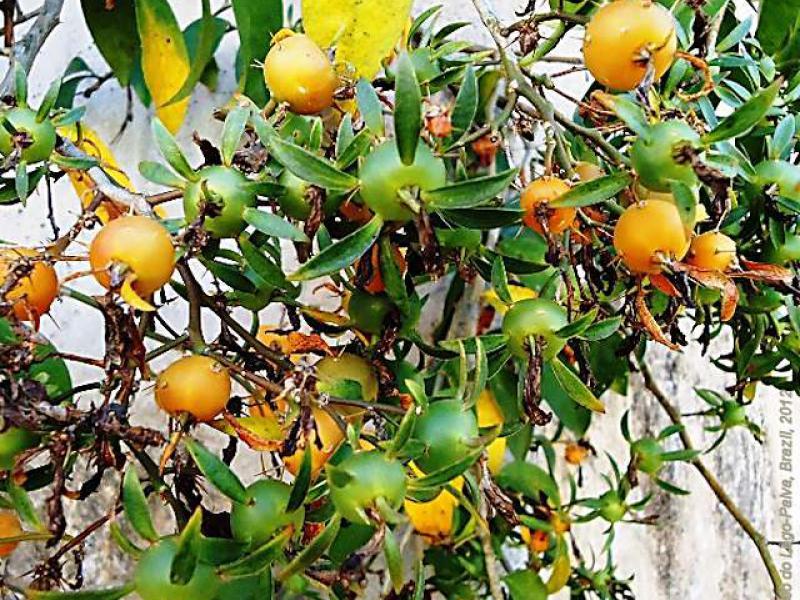

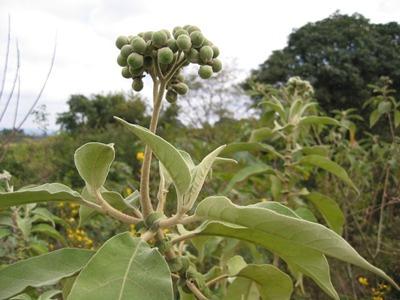

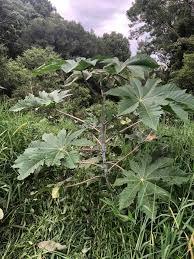

4. Lantana
Lantana camara is one of the most notorious invasive plants in South Africa. Its dense growth and toxic properties make it hazardous to livestock and wildlife, while its rapid spread disrupts native vegetation.
Recommended Replacement:
- Crossberry (Grewia occidentali): This indigenous shrub has lovely pink-purple flowers and produces edible fruits that attract birds and insects.
- Bush Violet (Barleria obtusa): A beautiful ground cover with purple flowers, ideal for replacing Lantana in gardens and wild areas.
5. Sticky Nightshade (Solanum sisymbriifolium)
Sticky Nightshade, also known as Wild Tomato, is an invasive thorny shrub that spreads rapidly in disturbed areas. It competes with native plants and is toxic to animals, making it a serious problem in the Tugela Mouth region.
Recommended Replacement:
- Num-num (Carissa macrocarpa): An indigenous, drought-tolerant shrub with glossy green leaves and edible fruits, providing both aesthetic appeal and habitat for wildlife.
- Dune Crowberry (Searsia crenata): A hardy, drought-resistant shrub that supports local ecosystems, making it an excellent alternative to Sticky Nightshade.

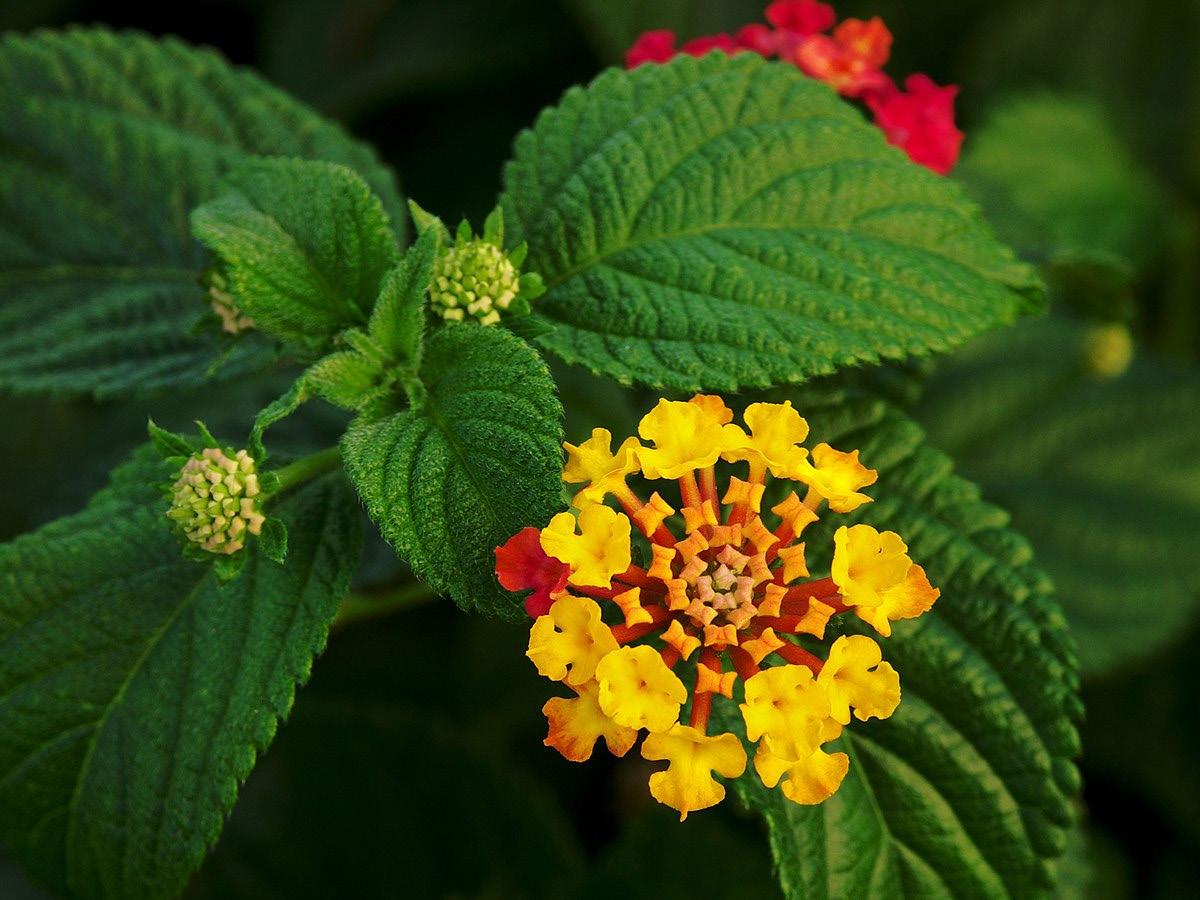

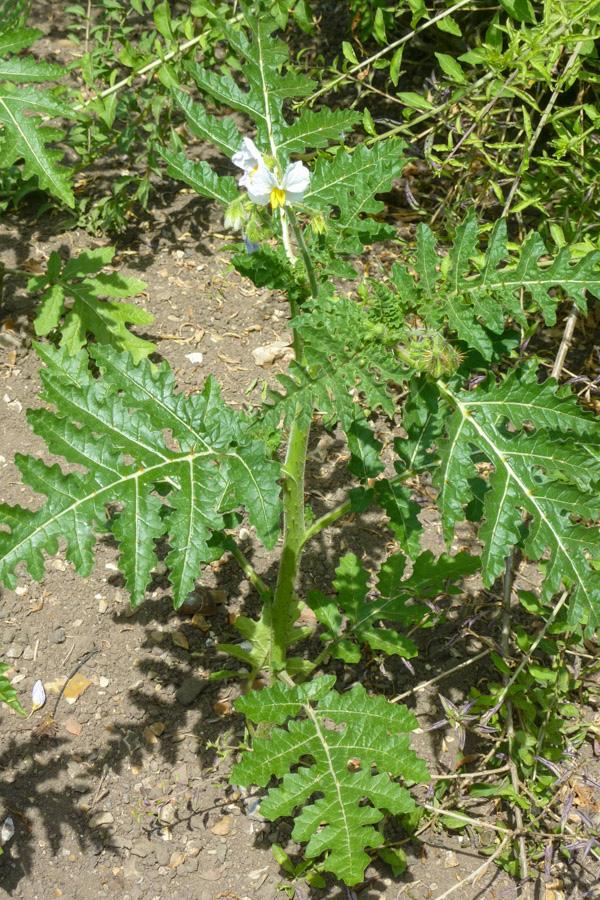
By removing these invasive species and replacing them with indigenous alternatives, the Tugela Mouth Conservancy aims to restore ecological balance, support biodiversity, and ensure the survival of native plants and animals.
Each replacement plant not only serves as a substitute but also contributes to the overall health of the local environment, supporting pollinators, stabilizing soil, and providing habitat for wildlife.
The fight against invasive species is ongoing, but by encouraging the use of indigenous plants, we can protect and preserve the natural beauty and biodiversity of Tugela Mouth for future generations.
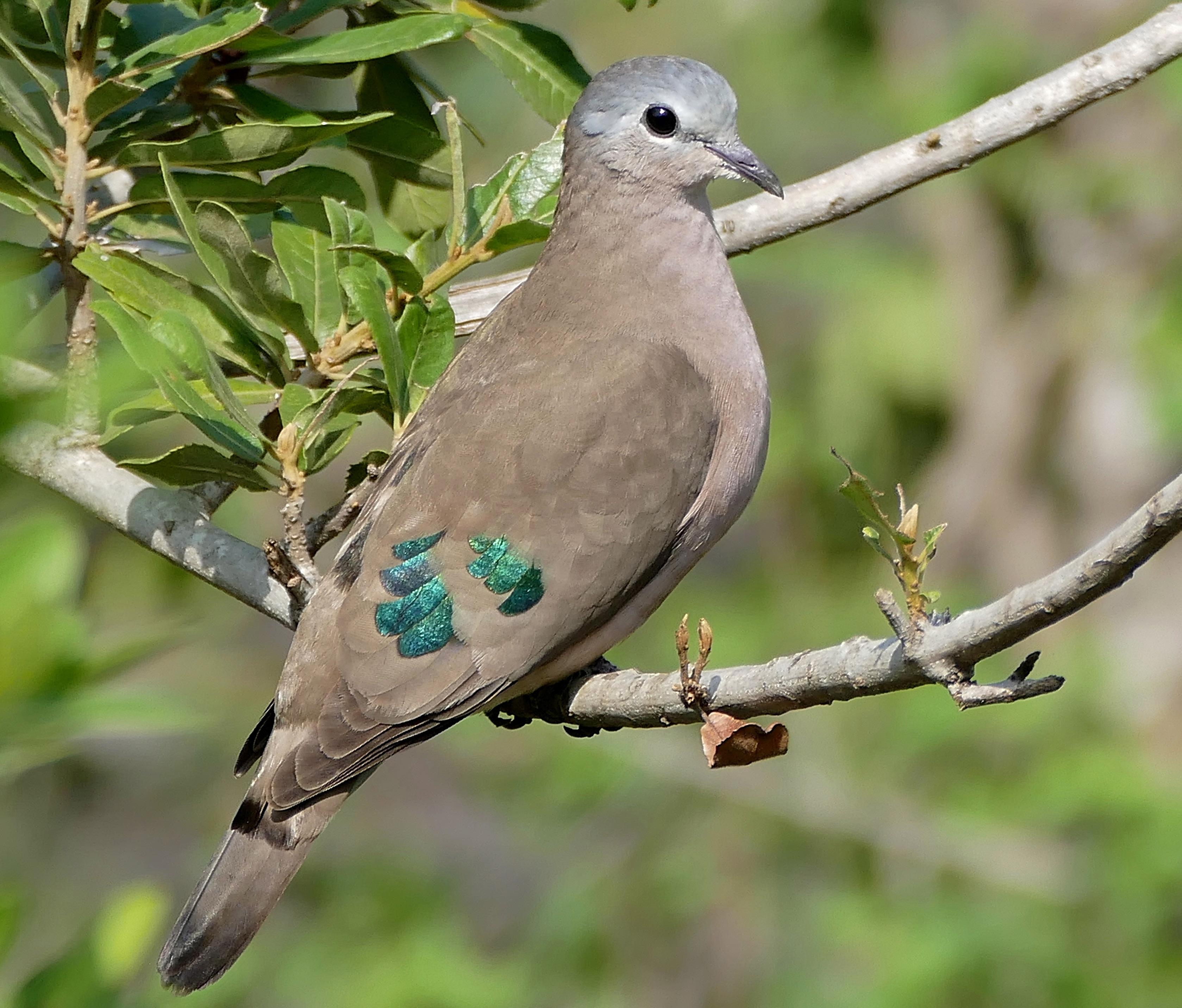
Tugela Mouth is a prime bird-watching location, home to over 260 species. These species add to the rich biodiversity of the estuary and wetlands surrounding the Tugela River mouth, making it a hotspot for bird enthusiasts.
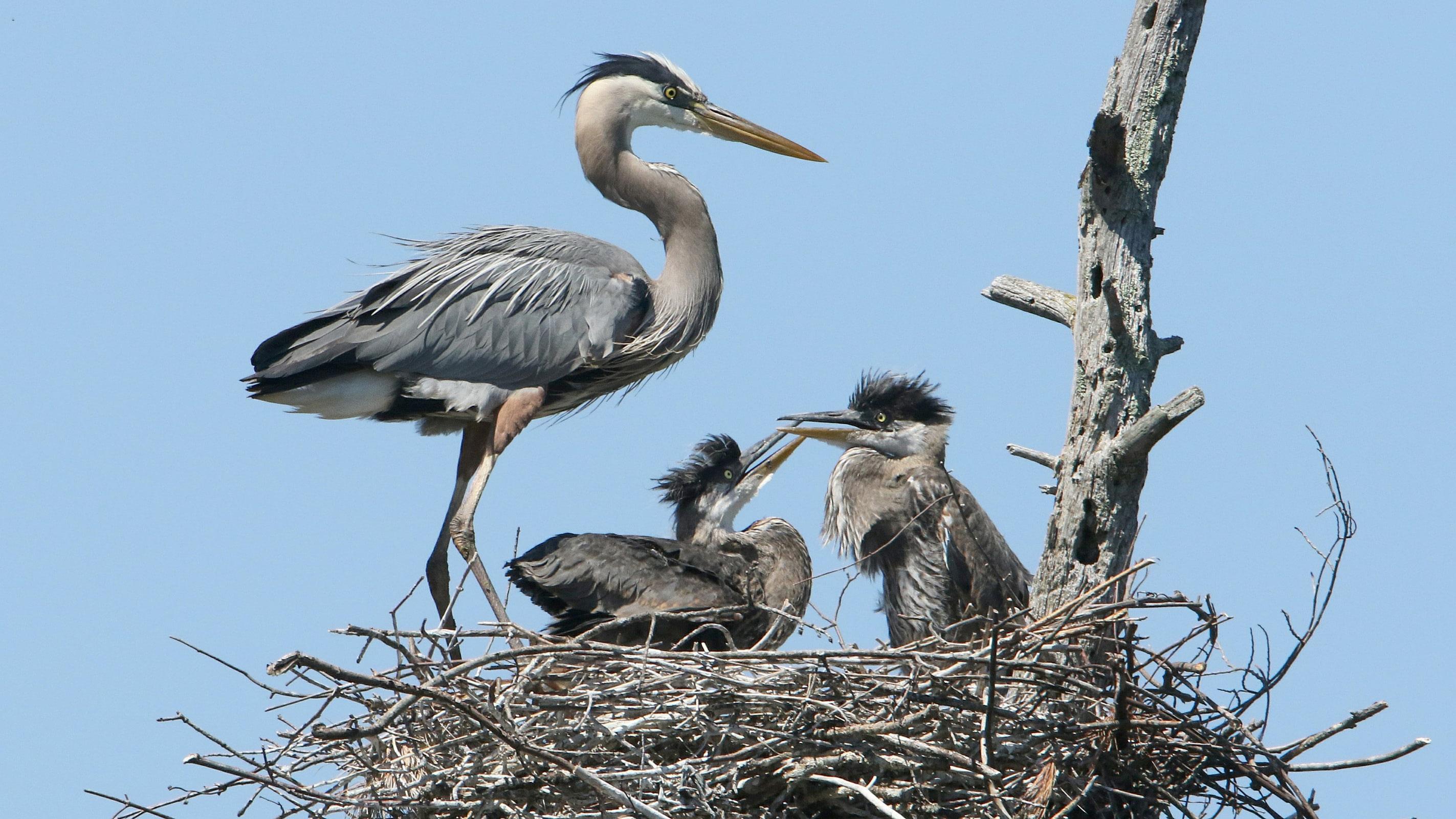
We currently have two Grey Herron breeding pairs in town. Watch out for their nests in the trees at Lot 54.
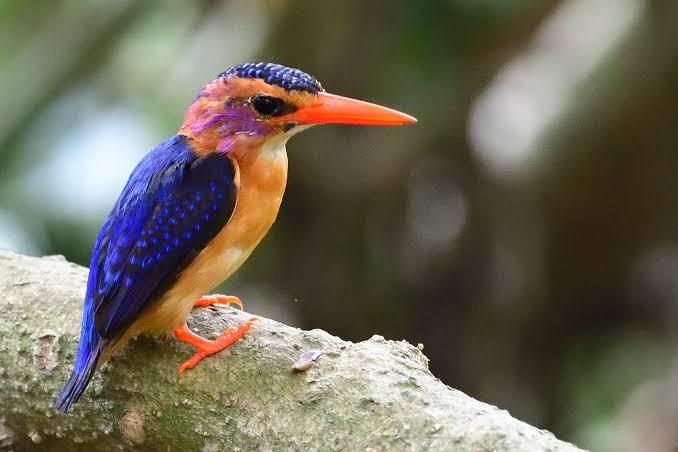

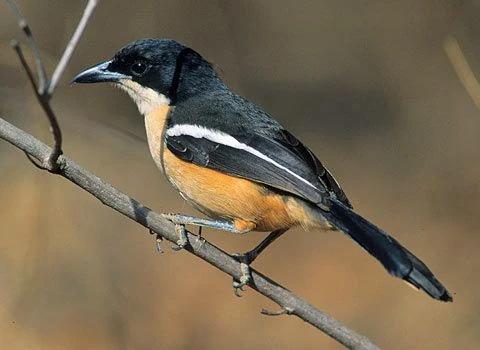

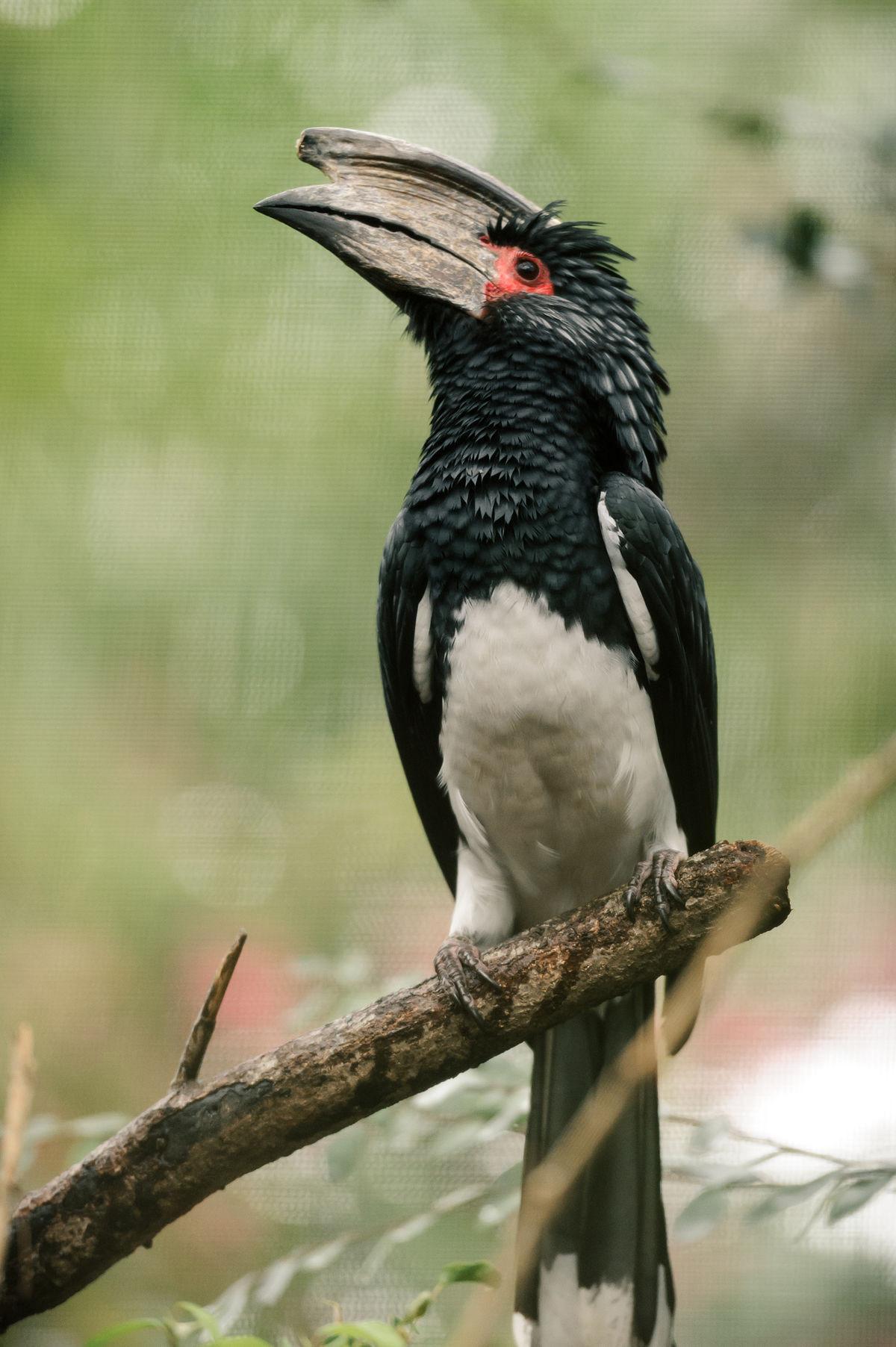

Send your Tugela Mouth bird pictures to us for publishing via WhatsApp on
(please include the time of day and location plus the name of the person who took the photo.)
The 2024 Bird of the Year in South Africa is the Bateleur, a majestic and striking bird of prey.
This magnificent raptor is easily recognised by its bright red face and legs, contrasting sharply against its black wings and white underbelly. The Bateleur is an expert flyer, known for its acrobatic soaring and distinctive rocking motion in the air, traits that inspired its French name, which means "tightrope walker."
For more stunning photos of the Bateleur and to learn more about this beautiful bird, you can visit the [BirdLife South Africa Bateleur page] https://www.birdlife.org.za/bird-of-the-year-2024-bateleur/. This site offers gorgeous imagery and valuable insights into their conservation efforts.
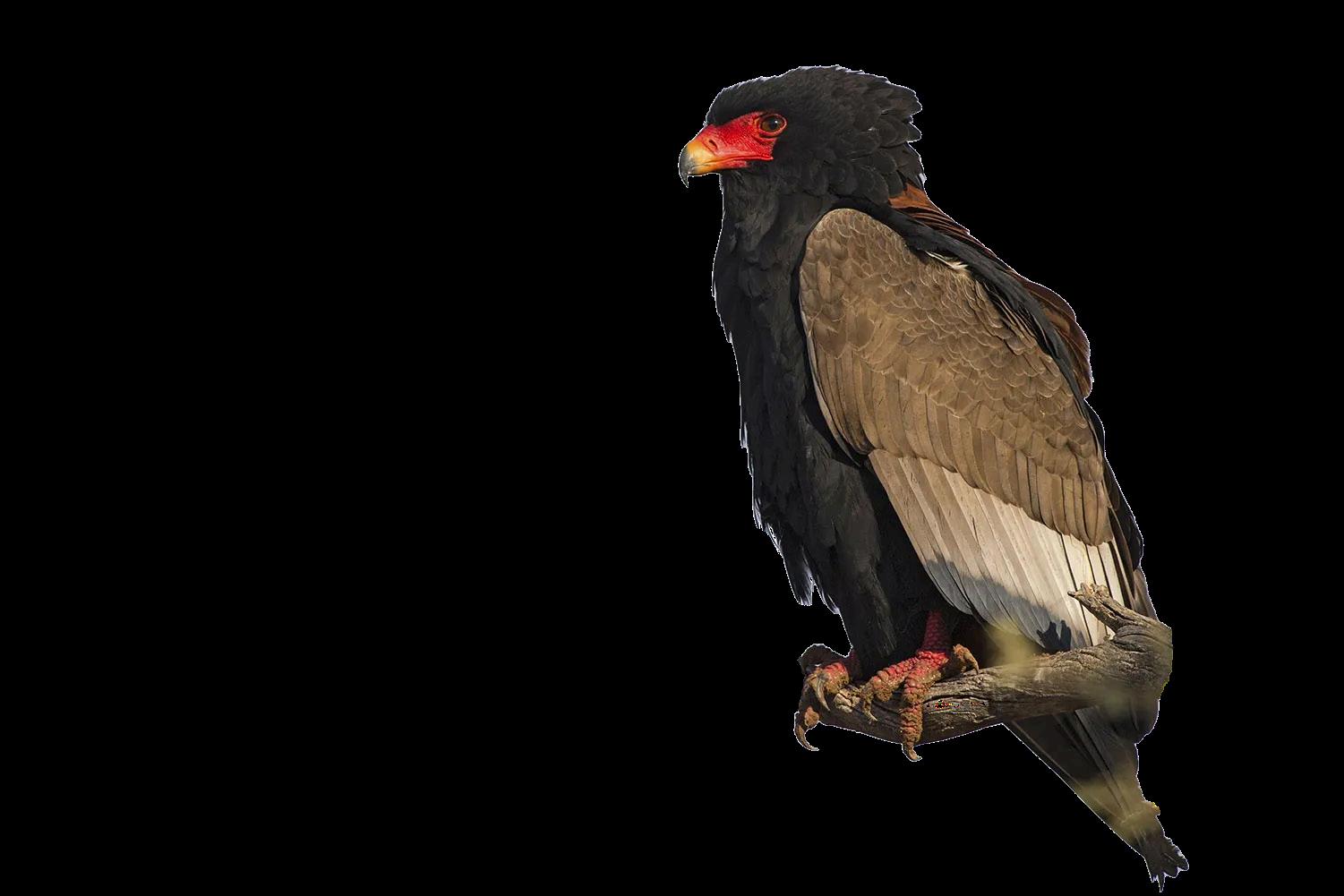


On Wednesday, 4 September 2024 four seperate fires broke out in the Meycol Nature Reserve bordering Tugela Mouth. The fires resulted in significant damage to approximately 10 hectares of protected grassland.
According to Gareth Roberts, manager at Meycol, the destruction of such vital ecosystems not only harms the local wildlife but also poses a significant threat to the health and safety of people.
Roberts urged all Tugela Mouth residents and visitors to remain vigilant and to keep an eye out for any unlawful activities within the reserve.
"Observations can help us protect this precious area and if anyone sees any suspicious behaviour that could harm the reserve or cause fires that could jump over into Tugela Mouth, people should contact me at 0741388637."


Illegal dumping of garden refuse on municipal ground and our beautiful beaches has become a growing concern for Tugela Mouth.
Residents are reminded that all garden waste, including trimmings and clippings, is the responsibility of the property owner, regardless of whether they clean their gardens or verges. Disposing of garden and other refuse improperly not only detracts from the natural beauty of our environment but also poses a risk to local wildlife and marine life.
To maintain the pristine condition of our public spaces and beaches, we urge everyone to use available garden waste disposal services and recycling services. Let’s work together to keep Tugela Mouth clean and green, ensuring that our community and the environment continue to flourish.
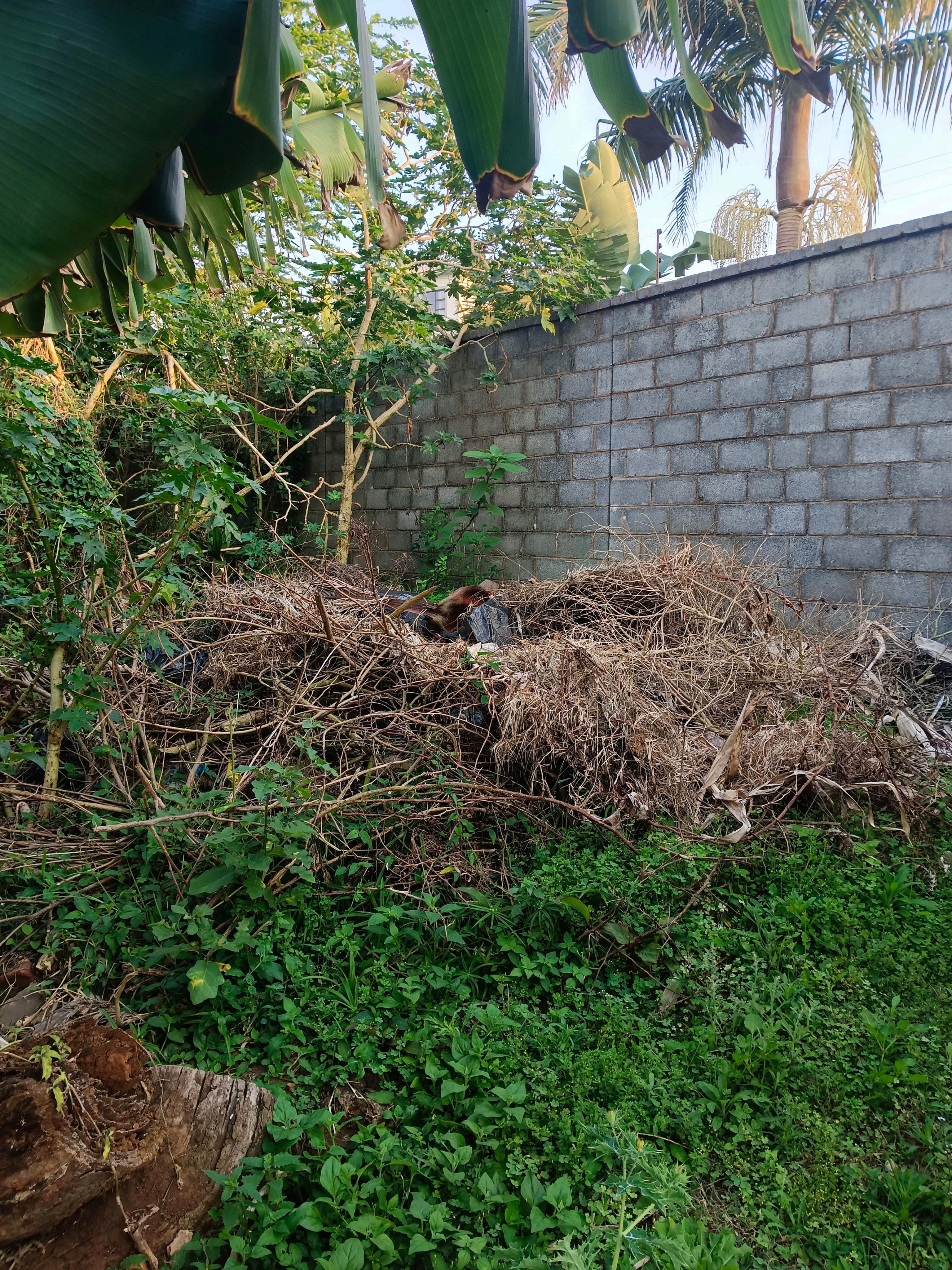

In the latest effort to keep Tugela Mouth’s birdlife safe, the humble household cat has found itself sporting a new accessory – the bell! While these feline hunters might not be thrilled about their jingling collars, birds in the area are breathing a little easier. The soft tinkle-tinkle warns feathered friends of prowling paws, giving them a head start to safety. Tugela Mouth Conservancy encourages all cat owners to embrace this playful solution, ensuring that our backyard bird populations can thrive, and that even the most skilled kitty hunters get a bit of a challenge!

Please join the Tugela Mouth Conservancy as we welcome the Day 3 AmatikuluTugela Mouth 23km Philocaly Trailist upon their arrival in Tuge la Mouth on Sunday the 29th of September.
Local businesses who wish to sponsor refreshments for the trail ist are welcome to reach out to the conservancy via WhatsApp on 0794957126 . The trailist are expected to arrive on our beach around 13:30. We will alert everyone via the town's two WhatsApp groups of th eir arrival.

Day 1: Friday, 27 September
Day 2: Saturday, 28 September
Day 3: Sunday, 29 September
Day 4: Monday, 30 September


Mtunzini Beach & Forest Walk 15km (-/+3-4 hours)
Mtunzini - Amatikulu 21km (5 hours)
Amatikulu - Tugela Mouth 23km (5 hours)
Zinkwazi Beach & Forest Walk 15km (-/+3-4 hours)
ENTER ONLINE https://forms.gle/f6rkvLM5qcNFHCy5

Entry fees goes towards the protection of the environment and all its creatures.
Following in the footsteps of her mentor and older brother, Jan du Plessis (Jnr) young Licha du Plessis (14), born and bred in Tugela Mouth, recently embarked on her third year competing in the prestigious South African Deep Sea Angling Association (SADSAA) Allstars, Dream Catchers Special Needs, 2024 tournament between 9 - 11 August.
"The All Stars tournament for anglers with disabilities holds a special place in the hearts of the du Plessis family who owns the Lobotes Caravan Park," says proud mom, Lucinda du Plessis.
During the tournament, Licha, born and raised in Tugela Mouth, showcased her skills by landing six Snoek from the boat Giepster, under the guidance of skipper Giep Joubert. One of her catches weighed 7.2kg, emerging as one of the heavier catches of the tournament. Gillie, Mri Myburgh, played a crucial role in ensuring Licha safely secured her catches. Licha du Plessis serves as a beacon of inspiration, underscoring the importance of pursuing dreams with courage and perseverance. The community of Tugela Mouth celebrates Licha's achievements continues to support her as she makes waves in the world of fishing.
The deep-rooted passion for fishing within the du Plessis family is evident.
Jan du Plessis (Jnr) has established a legacy in the fishing world, reflected in his impressive array of trophies and accolades that signify more than just victories. They stand as a testament to his relentless dedication and skill. From clinching the SADSAA u19 title at the age of 16 to proudly representing Natal at senior levels, Jan stands as a source of inspiration for his family.
Their father, Jan du Plessis (Snr), embodies strength and expertise, upholding the family tradition with his own achievements in fishing. Through his representation of Natal in Bottom fish competitions and service as a Safety Officer with SADSAA, he further solidifies the family's connection to their beloved sport. This story encapsulates a family united by their love for fishing and an insatiable zest for life.
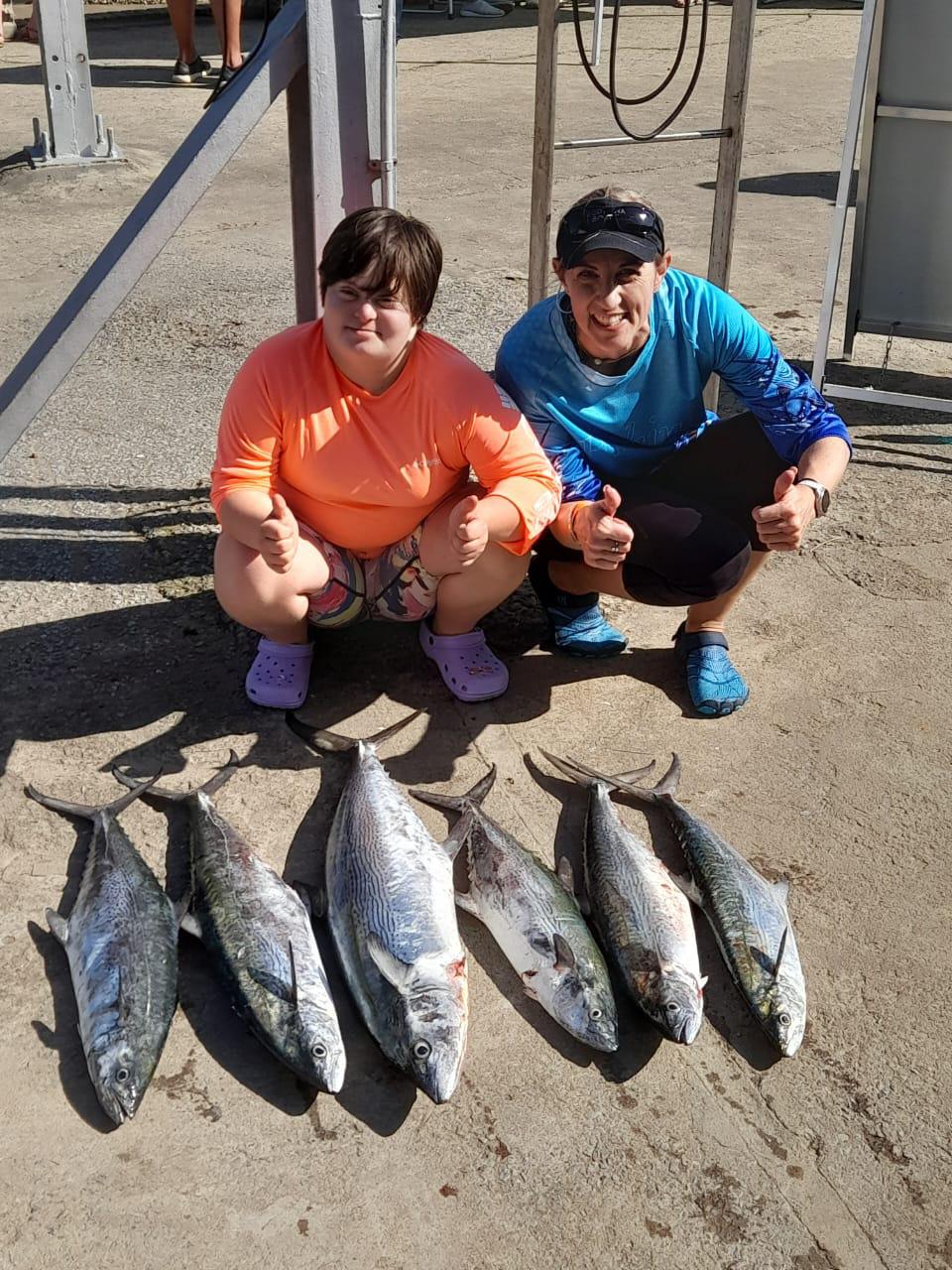

We warmly invite every household to become a member of the Tugela Mouth Conservancy. Membership is only R200 per household per year.
At present, the conservancy is primarily supported by the monthly contributions of a small group of generous individuals. These funds are used to pay the wages of our dedicated field worker, who maintains the area twice a week for 5 hours each day. To further support our efforts, we are currently seeking donations to purchase essential gear, including new gumboots, a rainsuit, two pairs of gloves, and a new overall.
If you're interested in joining the conservancy or contributing, please contact us via email at conservancy@tugelamouth.org or WhatsApp at 0794957126.
We would love to hear from you! Send your contributions to us via email or WhatsApp.

THANK YOUTOOUR P A TS ADNCNERRUTSNOPS O R S
E-mail: conservancy@tugelamouth.org
WhatsApp: 0794957126
Facebook: Tugela Mouth Conservancy
